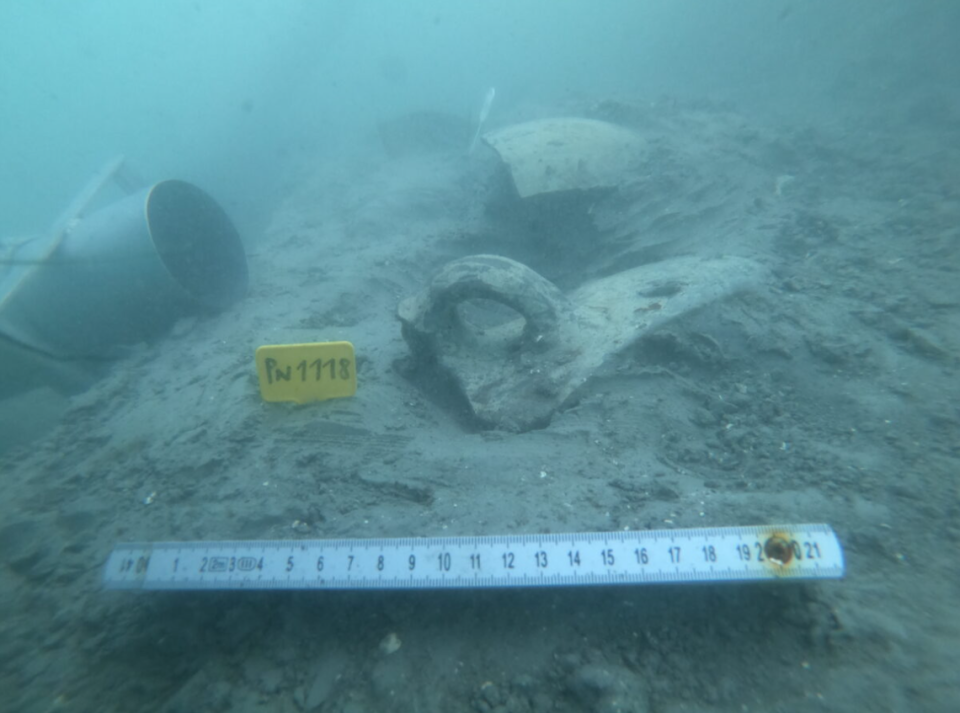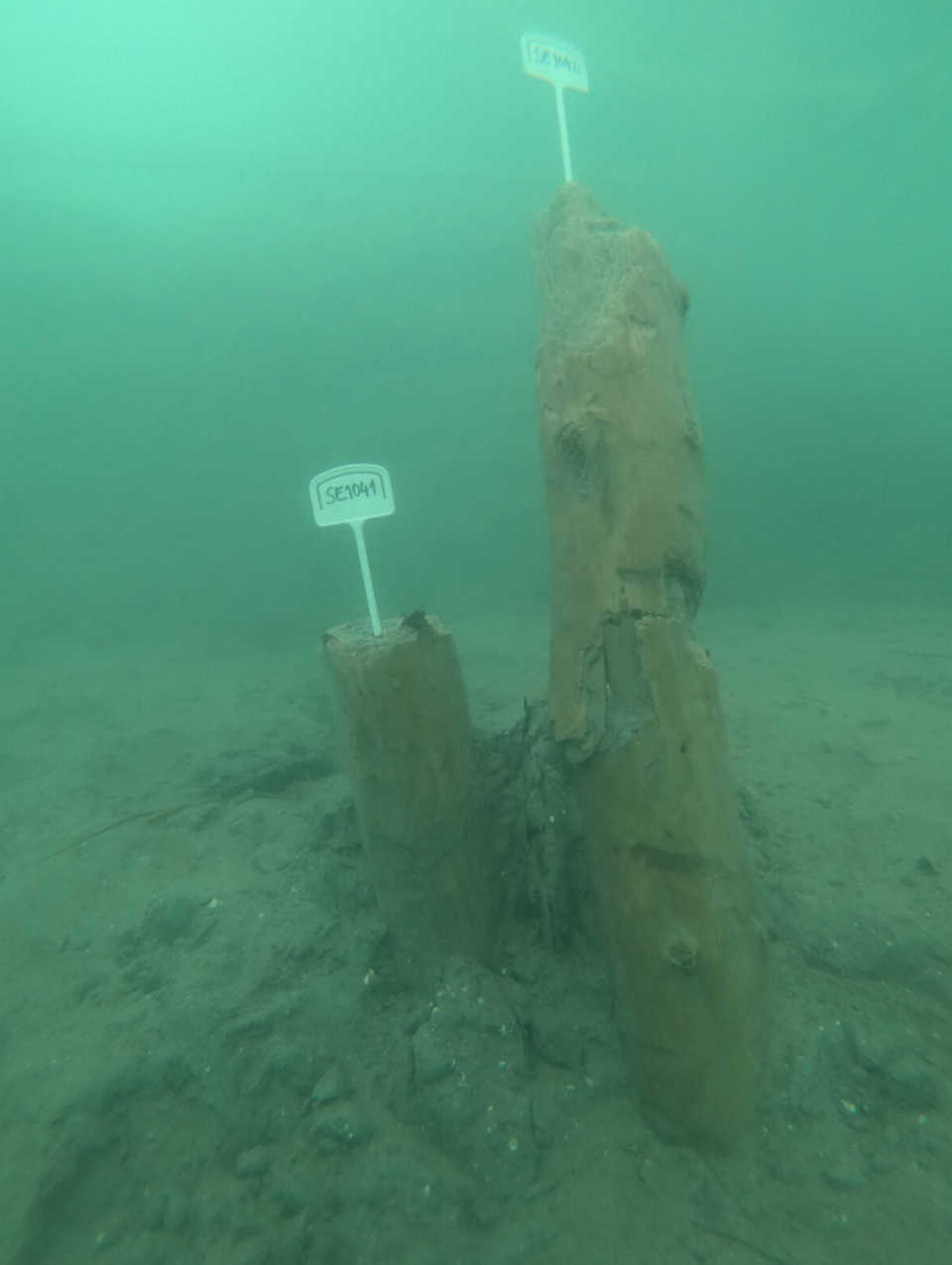Divers find Roman artifacts off Slovenia — revealing the existence of an ancient port
While scouring the murky waters off the coast of Slovenia, divers discovered a trove of ancient artifacts.
Dating back over a thousand years, the artifacts indicate the presence of Romans in the region.
The discovery is the culmination of multiple excavations undertaken along Slovenia’s roughly 30-mile coastline between 2017 and 2024, according to a news release from the Institute for Underwater Archaeology.
Uncover more archaeological finds
What are we learning about the past? Here are three of our most eye-catching archaeology stories from the past week.
→ Emerald green artifact 'ignored' for 80 years was 'rare' 500-year-old find
→ 2,400-year-old underground discovery stumped experts for decades — until now
→ Stone sarcophagi went unopened for 600 years — until now. See what was found inside
Photos posted by officials depict the objects embedded in a Roman-era layer of the seafloor, which was obscured by cloudy water.

Among the objects found were a large number of ceramic fragments — most of which appeared to be imported vessels. These included amphorae, a type of tall and narrow storage container, as well as kitchenware and tableware.
Elements of a ship were also unearthed, including part of a keel, two masts and a series of wooden stakes.
These parts were dated to between the third and fourth centuries A.D., according to MMC RTV, a Slovenian news site, which added that finds were extremely rare.

The artifacts indicate that a small port existed in the area during late antiquity, officials said. It would have been fitted with a mooring and a wooden structure, which was perhaps used for coastal communication.
Now, further analyses will be conducted to verify the findings, officials said.
Two other Roman-era sites have been discovered nearby, one of which was first explored in 1998 and another in 2004 and 2005, according to MMC RTV.
Google Translate was used to translate a news release from Slovenia’s Institute for Underwater Archaeology and an article from MMC RTV.
Gold treasure trove uncovered in 1,200-year-old elite burial in Panama. Take a look
Museum collection photo leads to ‘remarkable’ discovery. ‘Thought it was an illusion’
Divers spot ‘mysterious’ orange creature off remote island. It belongs to a new species

